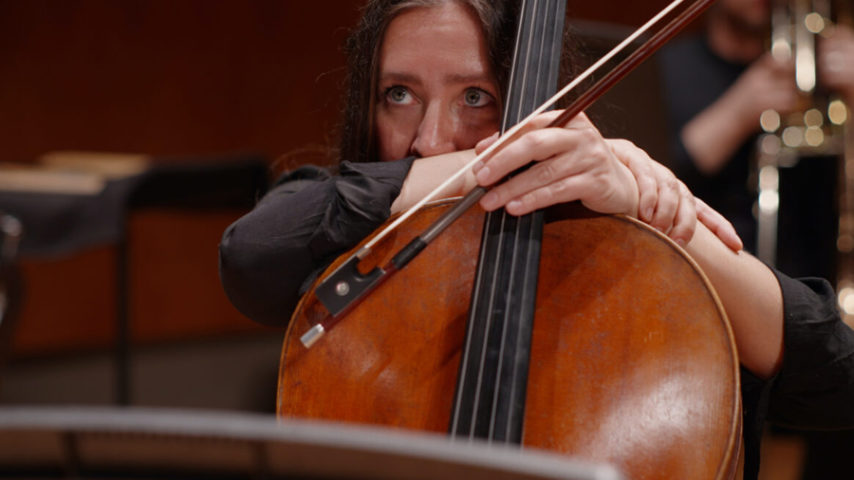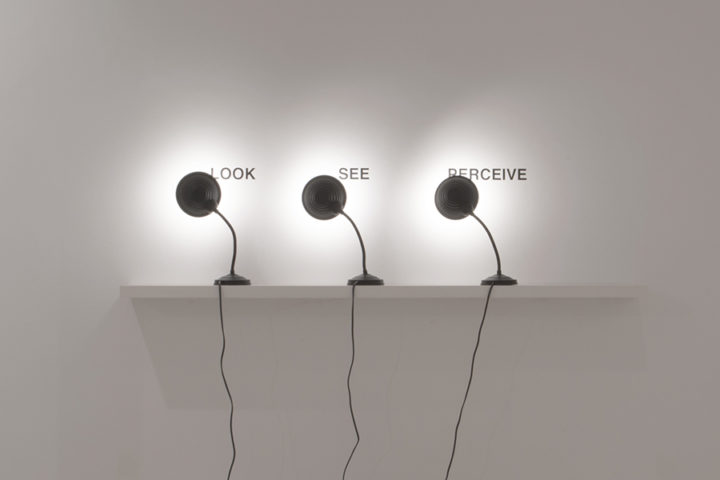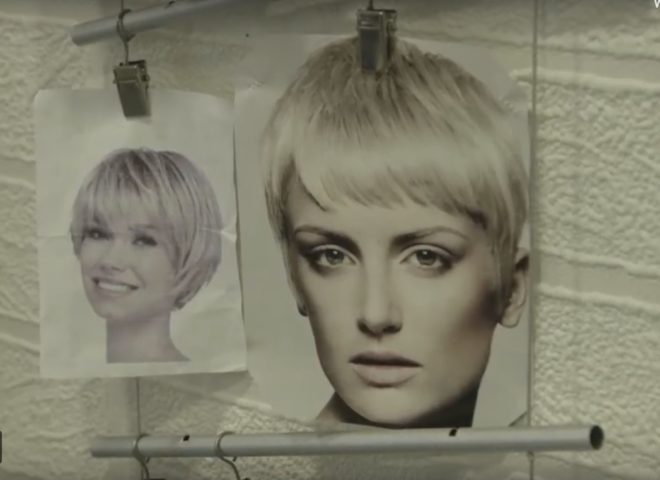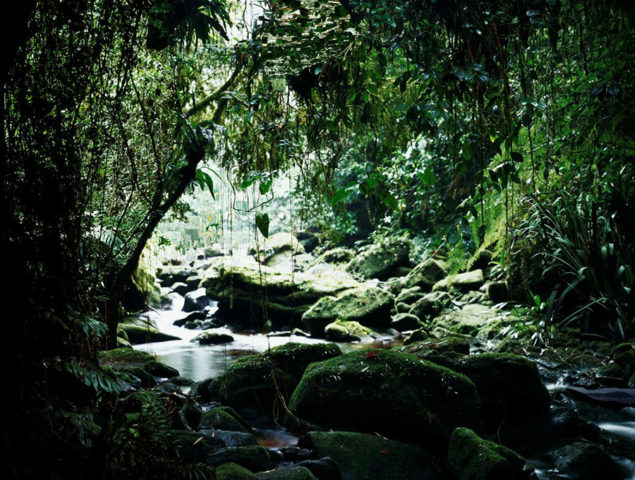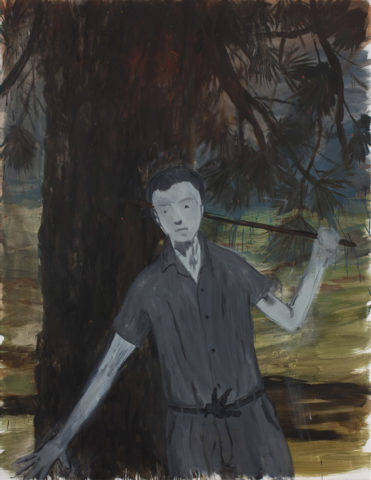Schering Stiftung, Berlin
September 14 – November 26, 2023
In her solo exhibition, artist Annika Kahrs presents a new video work interpreting – in collaboration with the composer Louis d’Heudières and musicians from Los Angeles – the acoustic signal that helped make gravitational waves audible for the first time. Dr. Keith Thorne, physicist at the US-based LIGO (Laser Interferometer Gravitational-Wave Observatory), serves as scientific consultant for Kahrs’ artistic-musical exploration of gravitational waves. In 2015, LIGO was the first to translate gravitational waves – waves in the tissue of space-time that are created, among other things, by colliding black holes and that “travel” at the speed of light – into acoustic signals.
Kahrs uses the acoustic recordings of astrophysics to raise fundamental questions about how they stimulate our imagination and provide insight into events that are difficult to imagine. Kahrs sensitizes the film’s viewers to the fact that it is precisely such “unusual” sounds that always also challenge our understanding of hearing, sound, and not least music. In the words of scientist Keith Thorne, LIGO could indeed be seen as the quietest concert hall on Earth, detecting an extraterrestrial sound that is filtered out of a wealth of terrestrial background noise with maximum precision.
In her films, installations, and performances, Annika Kahrs deals with sounds in the broadest sense of the word. She is interested in sounds with special properties, including sounds in the infrasonic range, but also in sounds that, thanks to their physical properties, express a phenomenon such as the gravitational waves described above. Kahrs approaches these acoustic phenomena via the medium of music: her work opens an entryway into inaudible and hardly imaginable (sound) worlds, while also referring to both the possibilities and limitations of the audible.
The video work presented in the exhibition was created as part of her 2021 Villa Aurora Fellowship in Los Angeles and is made possible with support from MOIN Filmförderung Hamburg Schleswig Holstein and the Schering Stiftung.
